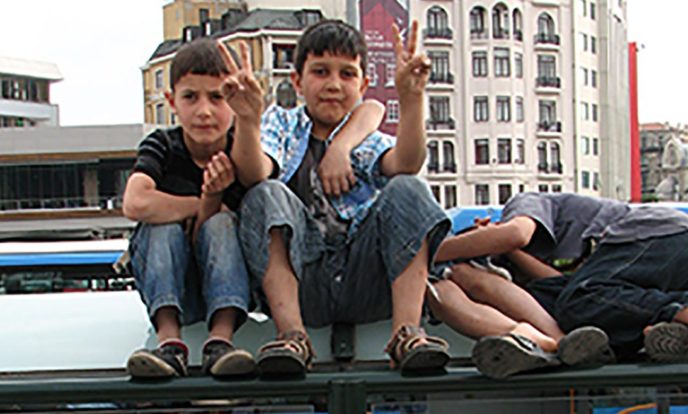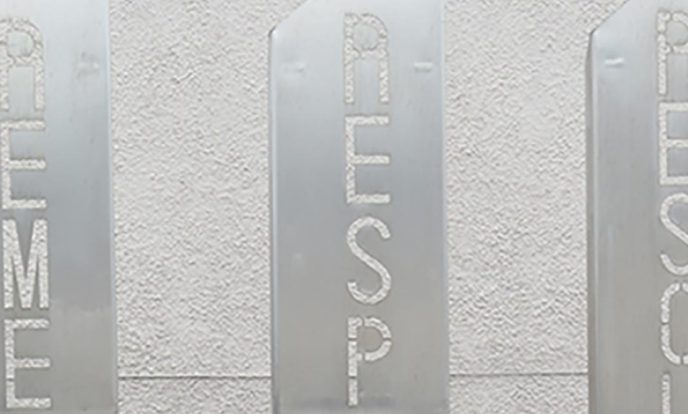
How I Came Face To Face With Palestinian Nonviolent Resistance
Jane Eisner, The ForwardRead Here
Read
Read Here
Read
Read Article
Read
“Here I am, impoverished of deeds, trembling and frightened from the dread of the One Who is enthroned upon the praises of Israel. I have come to stand and supplicate before You for Your people Israel, even though I am not worthy or qualified to do so.”
Read more
We frequently encounter the claim that a particular Jewish educational experience will be “transformative” for the participants. The language may be hyperbole. But it may also point to educators’ aspirations to affect not just knowledge and practice but character and identity. In order to understand this phenomenon—not the phenomenon of the use of the language of transformation, per se, but the phenomenon of aspirational Jewish educational programs—this article develops three case studies (Encounter, the Bronfman Fellowship, and the Wexner Heritage Program). What emerges from these cases is a set of models or theories of transformative change: the Maimonides model, learning a habit such that, over time, habit becomes character; the paradise-and-exile model, becoming a seeker after an ideal that one has glimpsed; and the outsider-to-insider model, moving from a sense of fraudulence to a sense of confidence within a particular domain.
Read
Read Article
Read
Explore the data and read in-depth profiles of major peace processes from 1990 to present.
View Site